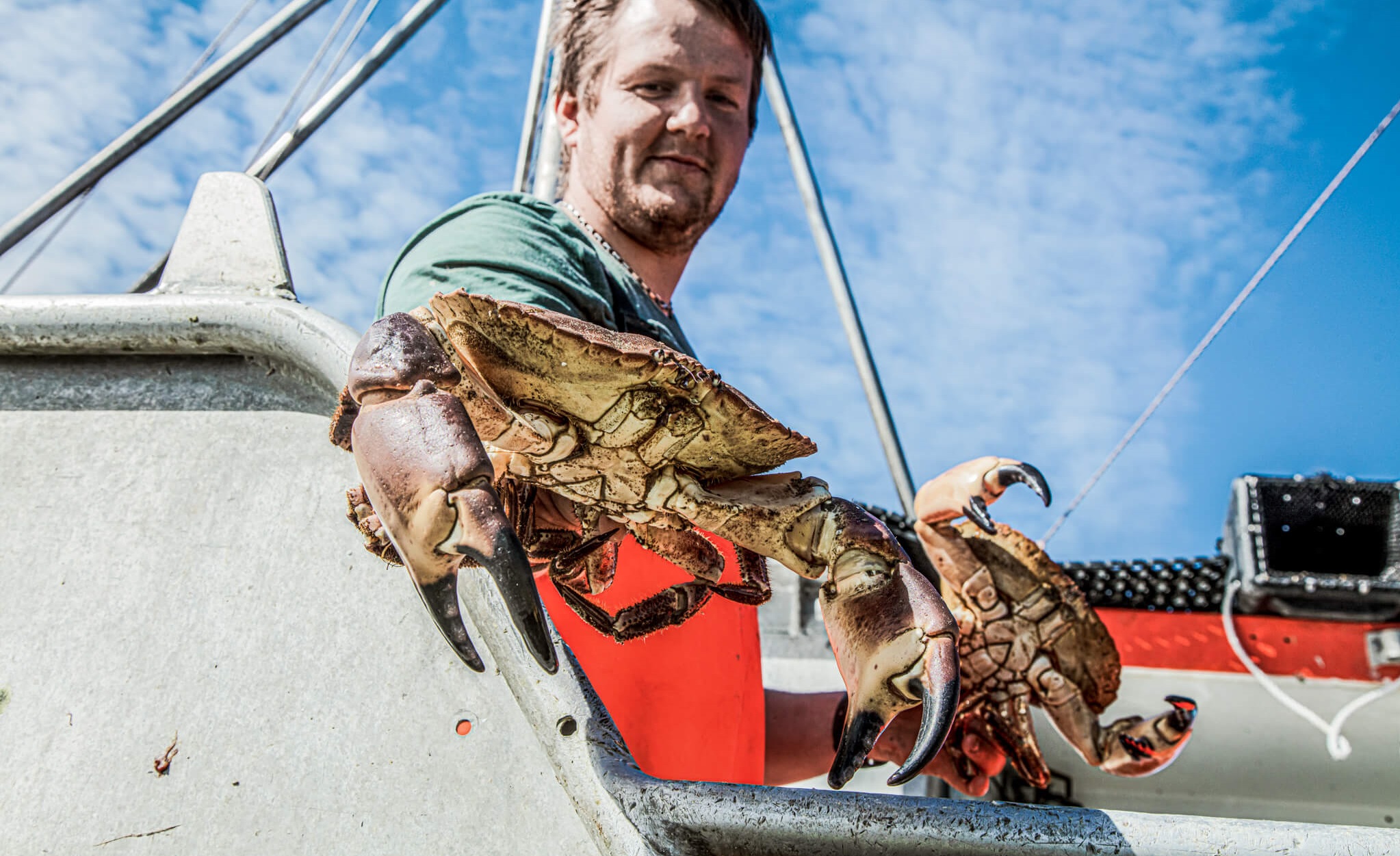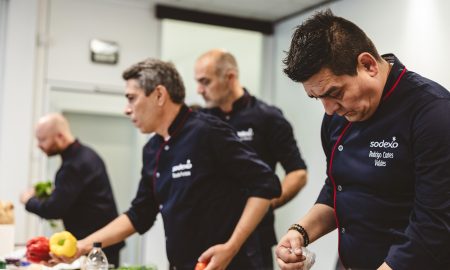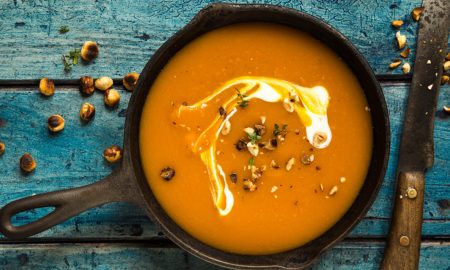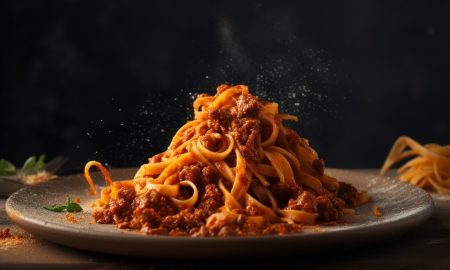15 years ago, this idea brought Svein Ruud nothing but laughs. Send shellfish alive around the globe, helping star chefs all over the world get freshly caught seafood? “Sheer madness,” was the general tone. That’s far too expensive. The animals would not survive. The effort doesn’t pay off. Despite all the odds, the Norwegian founded his company Norway King Crab in 2007 with the vision of providing the world with live crustaceans. Spoiler: Today he’s the one laughing. But more on that later.
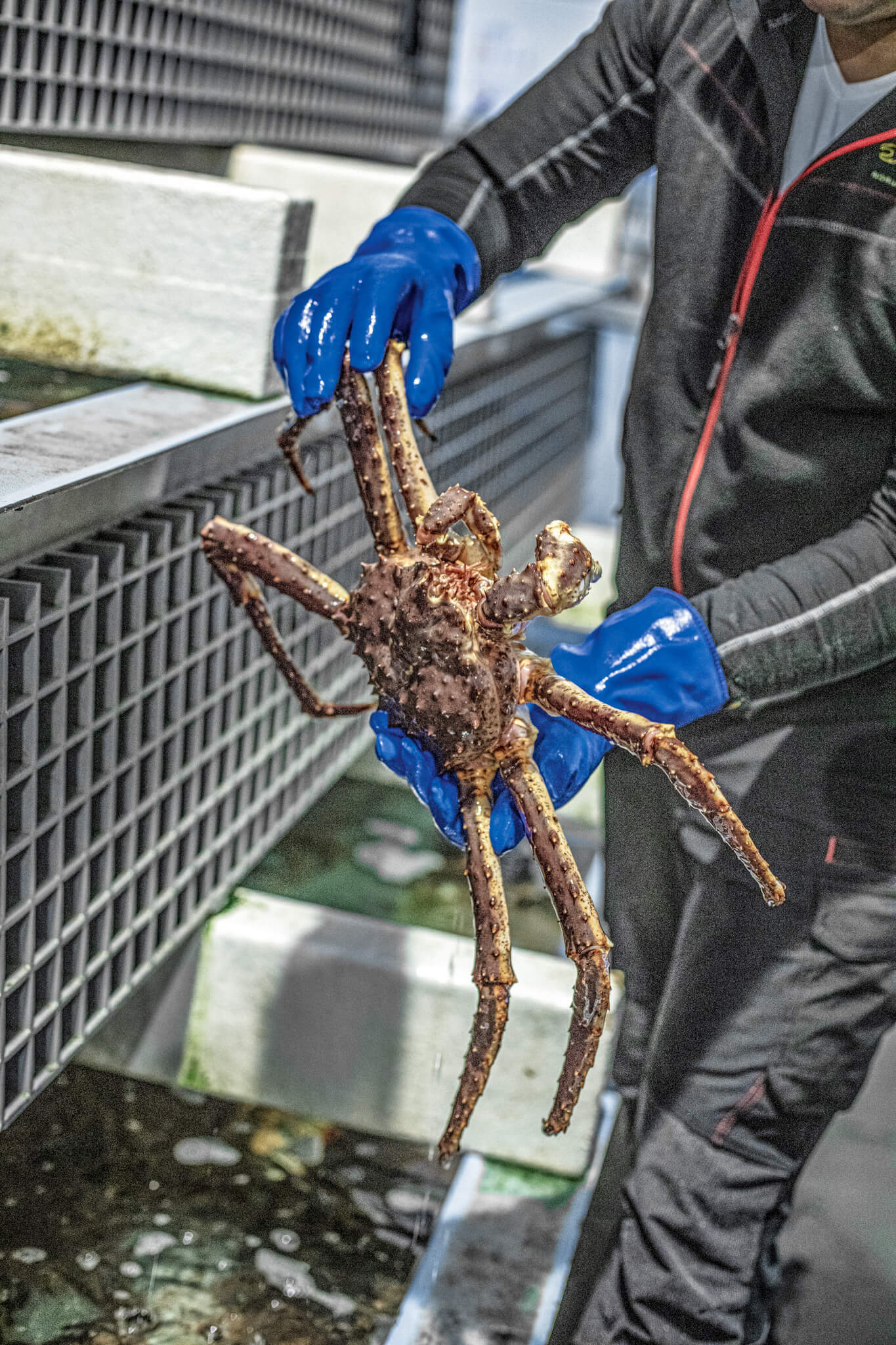
The history of the king crab in Norway is a mixed one. It was released by scientists in the 1960s near the Norwegian-Russian border. It quickly made its way along the coast of Finnmark in Norway and was soon perceived as a nuisance. Today, however, king crabs are considered a true delicacy. | Image: Julia Losbichler
Sustainable fishing methods: Special traps instead of coarse nets
For now, business and visionary ideas are on the back burner. We are somewhere off the coast of Norway. We passed the small island of Sula, the most westerly point of Norway, and it feels like Iceland just ahead to the left, with only the Nora in between – the fishing boat of Captain Kip and his buddy Chris. The 30-year-old and his mate, who is eight years younger, embody exactly what seafood fishing in Norwegian waters is all about today: high quality. This is due to particularly cold water temperatures – the warm Gulf Stream has no say up here – and sustainable methods. On the Nora, depending on the weather, it’s all about pocket crabs or Norwegian nephrops –but never about trawls or similarly brutal fishing equipment.
On the contrary, more than 1,000 special traps were on board when the two left their home port for the fishing grounds a few hours ago. Now these are all submerged to lure delicious Norwegian nephrops (also known as Norwegian lobster) inside them at depths of up to nearly 1000 feet. After a maximum of 40 hours, the traps are retrieved by the two fishermen to see how successful their mission was. Only one thing can be said in advance: Either way, there is only enough space for one animal. This means a lot of work for the fishermen. Above all, however, this prevents the bycatch of undesired animals. Another advantage of the special traps: If one is lost, the Norwegian lobster caught inside is by no means doomed to die. “The seals loosen after a certain time and the animals are released,” explains Helge Myrseth, the main customer of the two fishermen.
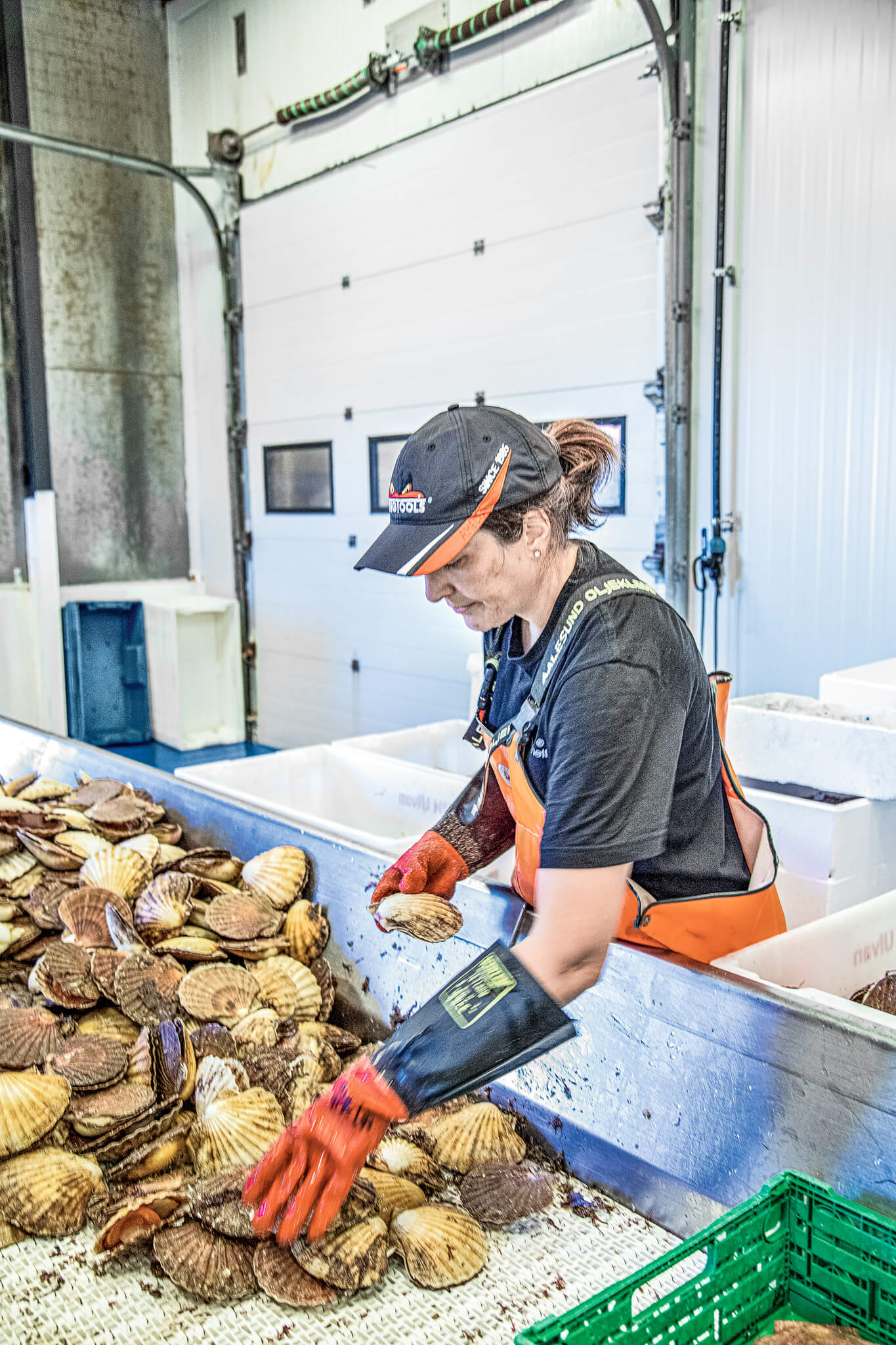
The scallops are plucked and sorted by hand from the sea.” – Helge Myrseth, sustainable fish entrepreneur | Image: Julia Losbichler
Scallops as the centerpiece
His face looks a bit tanned by salt and sun. But his cleverly twinkling eyes make one thing clear: Helge Myrseth is no sea dog cliché from the famous fish-stick commercials in Germany. In fact, the 47-year-old Norwegian is the exact opposite. He stands for sustainable fishing and does not shy away from taking the best products out of the sea without harming the delicate ecosystem of his homeland. For example, he came up with this sustainable trap-catching method about 15 years ago.
In short, 15 ships like Kip and Chris’s now sail out to sea for him every day from the small fishing town of Dyrøy, bringing in a total of 1,000 tons of sustainably caught seafood each year. “We have three products,” explains the rather unique fisherman. Pocket crabs have long been as important a product in the portfolio as Norway lobsters – but scallops are close to his heart. “Each one is hand-pulled from the sea by special divers in dry suits,” he says. To get an idea of the dimensions: Before Christmas, during the peak season, 20,000 scallop shells pass through the discriminating hands of the sorters every day. “Scallops that are too small are tossed back into the sea, so they can continue to grow,” he says.
Overfishing? No way.
Since founding his company SeaShell, he has sold 40 million delicacies. Nevertheless, he is not afraid of overfishing. “Each fisherman’s catch is meticulously recorded, which means the bigger picture is constantly monitored,” he says. He adds, “That’s how we know that stocks in our waters are not dwindling, but actually growing!” However, it is not just the fishing method that makes the man an unusual fisherman. He has also decided not to deliver the animals dead and frozen to the chefs of this world – but rather alive and kicking.
This means, for example, that the Norwegian lobsters are packed into their own baskets in species-suitable chambers, which then start their journey around the globe awash with seawater. The animals can survive for up to six weeks. “These chambers are based on their natural habitats, which are narrow dark caves,” says the expert. In a delivery basket designed in this way, there is space for exactly 36 Norway lobsters, who then make their journey towards the plate in 110 pounds of seawater. The cost of such a delivery? Said plainly, it’s not comparable to those of frozen goods. However, this procedure means that a relatively high CO2footprint is created in relation to the amount of valuable material that can be used. Helge Myrseth is very aware of this issue. In fact, he is planning to offer a compensation model in the near future. After all, sustainability also needs to think outside the box.
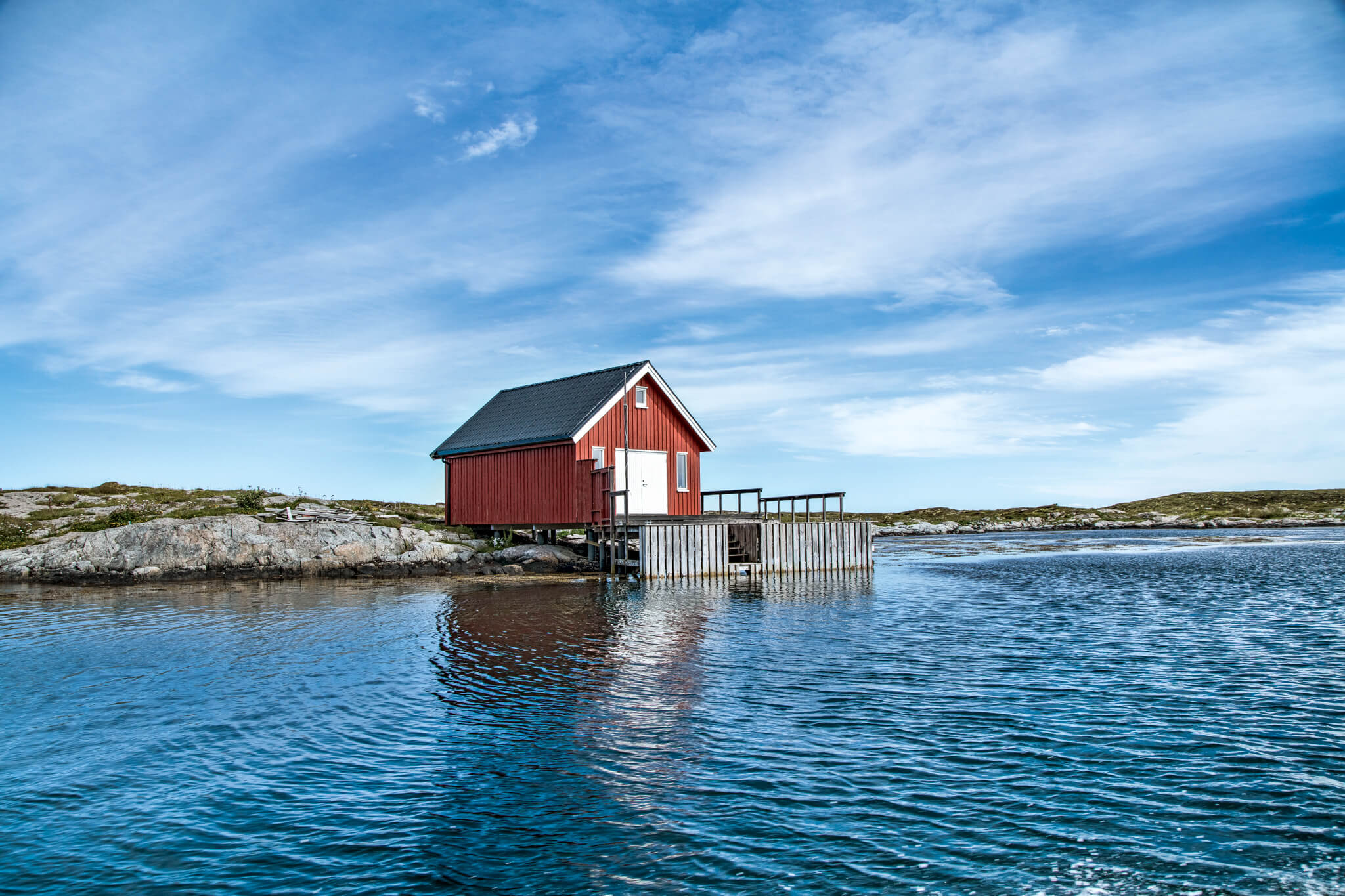
Image: Julia Losbichler
Hope for hydrogen
When it comes to this topic, Norway’s official Green Growth in the Maritime Industry program is particularly forward-looking. This is based on the following assumption: Electric fishing boats will soon be out and about on the sea. Freshly caught goods will be loaded onto electric cars or trucks fueled with hydrogen. These vehicles will then take the tanks with the live animals to ocean-going tankers, which also run on hydrogen. When the Norway lobster, king crab or scallops arrive in New York or China, the only waste produced is the seawater brought along, according to the vision.
Obviously, this ideal scenario is still far off from becoming a reality. However, today we must set the course for exactly this, Svein Ruud stresses. Just as he did with the live transport of crustaceans, he wants to make a name for himself as a pioneer here as well. The live fish pioneer has long since ceased to be a laughing stock and is now one of about ten national interfaces between sustainable fishermen like Helge Myrseth and the culinary world.
Sustainable transport routes are a must
Ruud runs a high-tech facility himself, which is simply called a “crab hotel”. Here, more than 200 fishermen deliver mainly Norway lobsters and king crabs alive and store them in mega-aquariums before they embark on their final journey around the world – one that is expected to become increasingly more sustainable each year.
The first steps in this direction have already been taken during the pandemic. “We switched all transportation to land and sea,” Ruud says. This may take longer, but leaves a lower CO2footprint than air travel. No wonder, since the tanks where king crabs leave Norway weigh 1.5 tons, of which only around 500 pounds are accounted for by the animals. The rest is sea water. “We need to actively fuel the new technologies such as electric mobility and hydrogen in trucks and tankers so that they can be used on a large scale as soon as possible,” says Ruud.
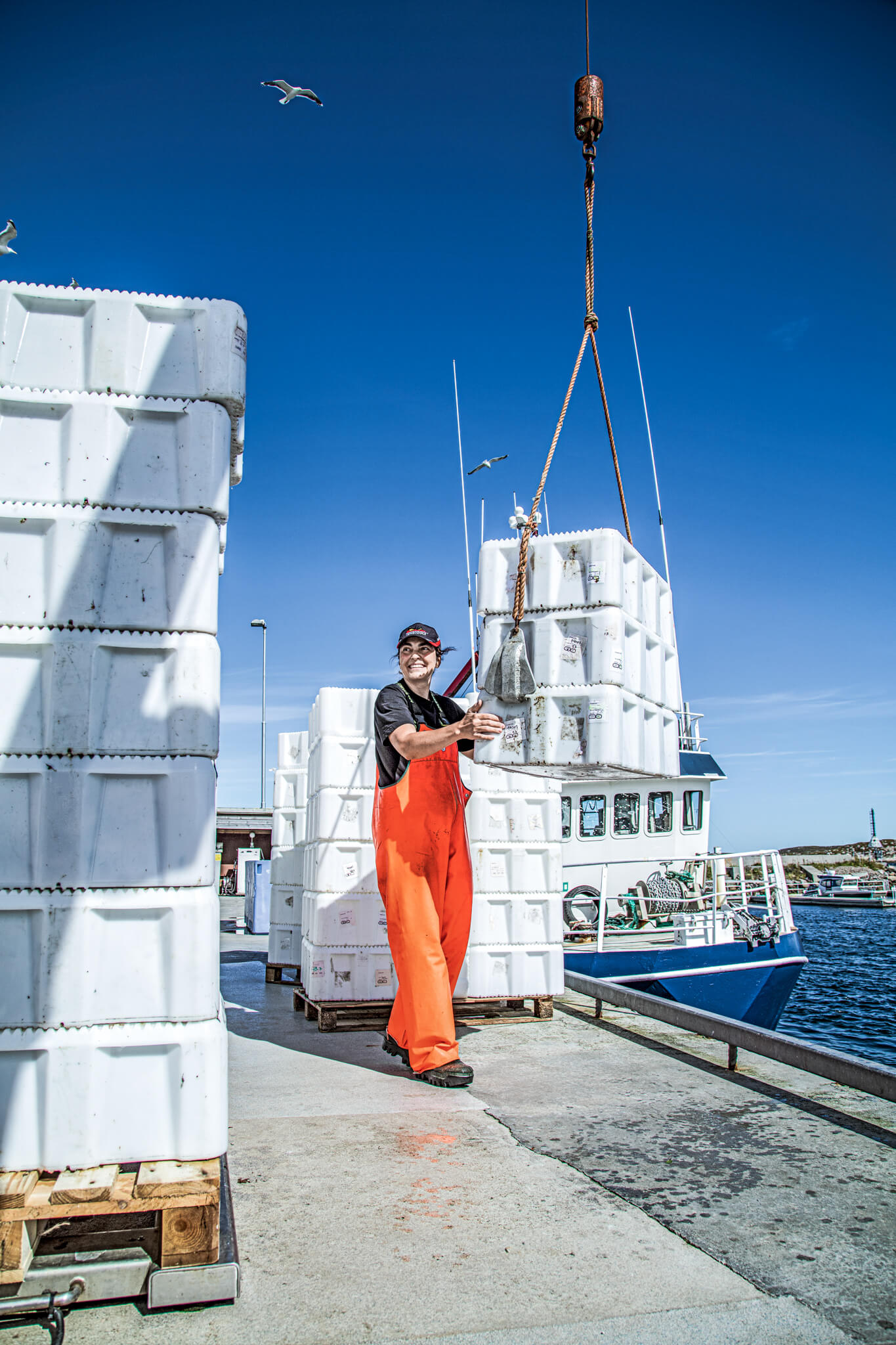
From the boat to the wide world: boxes full of living delicacies | Image: Julia Losbichler
His calculation is therefore roughly as follows: There will only be serious investment in hydrogen and similar technologies if the world’s logistics companies are enticed to become potential customers for sustainable transport systems. It is by no means presumptuous of Svein Ruud to claim that he and his company have a degree of leverage for technological developments among logistics partners. After all, up to ten tons of crabs and Norway lobsters (weighed without seawater!) leave his crab hotel every week. The trend is growing – before the pandemic, deliveries had already doubled. If more entrepreneurs of his stature were to change their thinking, it would surely speed up development.
Factors influencing animal welfare
But the path to these gigantic sales of live crustaceans was back-breaking work. From the outset, the goal was to get all the animals to their destination alive and in the best possible health. This is where the scientist Roman Vasilyev comes into the picture. Born in Moscow, he ventured from the Russian metropolis to the Norwegian enclave ten years ago to devote himself to conducting research with Svein Ruud. For years, the duo put money, time, and energy into researching twelve factors that must be met for the animals to reach their destination alive. “To do that, we put sensors on the animals to log their heartbeats and figure out which parts of the trip stressed them out and which didn’t.” Today, they score with a minimal mortality rate of one to five percent.
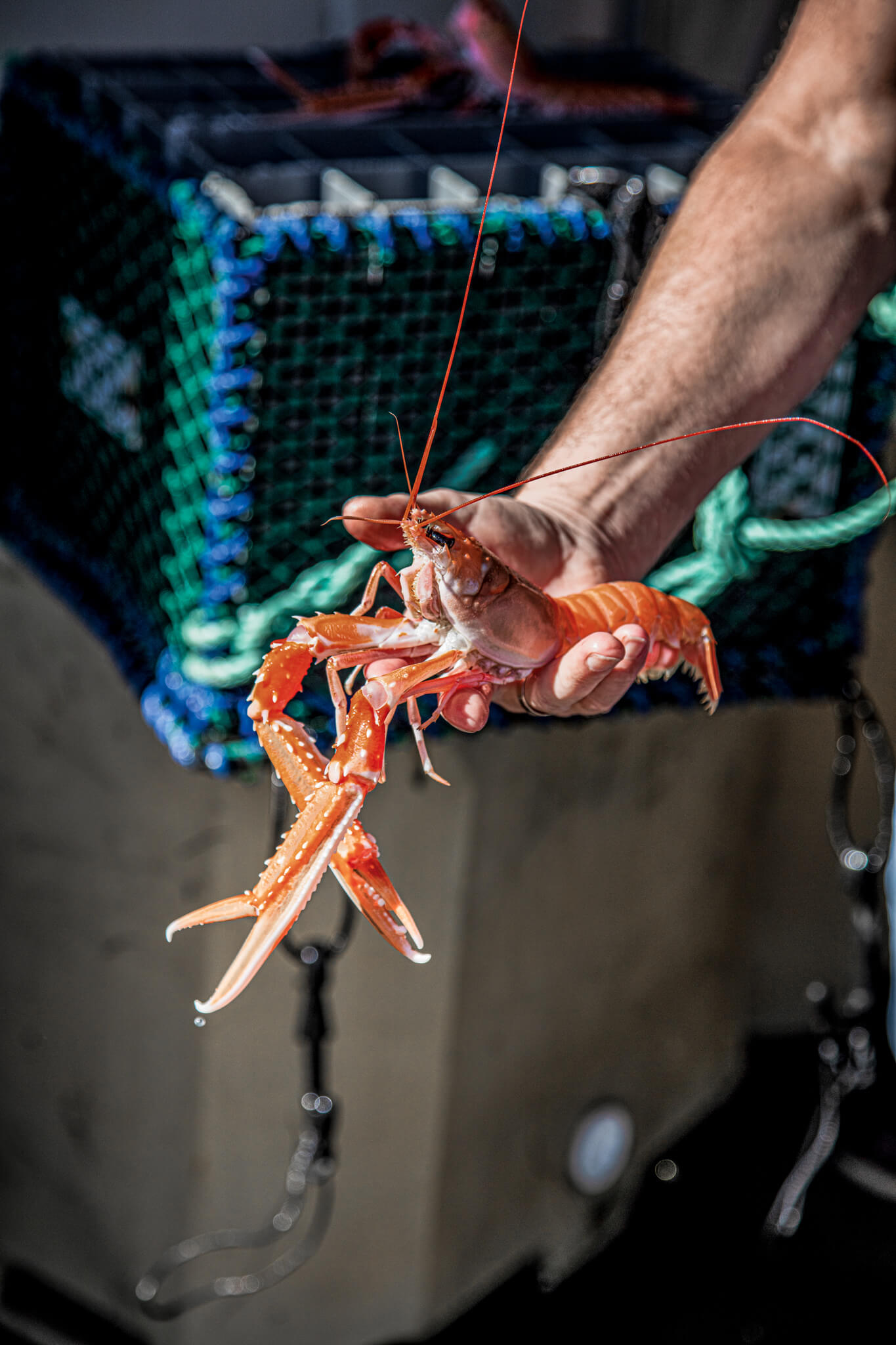
The history of the king crab in Norway is a mixed one. It was first released by scientists near the Norwegian-Russian border in the 1960s. It quickly migrated along the coast of Finnmark in Norway and was soon perceived as a threat. Today, however, king crabs are considered a true delicacy. | Image: Julia Losbichler
Roderick R. Sloane has a similar story to Roman Vasilyev. Originally from Scotland, he first came to northern Norway to dive for seafood. Nowadays, he’s not just a shellfish fanatic, he’s also a professional fanatic. With his company Statsnail AS he has made a name for himself especially when it comes to the best sea urchins, delicate sea snails and the particularly rare mahogany clams.
Quality that impresses top chefs
Norway’s fishermen agree: Roderick R. Sloane was the one who brought the country’s particularly delicious seafood to the attention of high-end restaurateurs. Above all, Noma mastermind René Redzepi. The Copenhagen star also immediately realized that animal welfare is even more important in this form of transport and processing than in frozen transport, they say. After all, he said, being dumped alive on ice to slowly freeze to death is probably the nicest way for the animals to die.
Sieh dir diesen Beitrag auf Instagram an
Especially since live deliveries have been shown to cause the animals very little stress. Heidi Bjerkan, a special top chef, confirms that the epicurean pleasure of a delicacy delivered in this way is incomparably high and can also be justified in terms of environmental impact and animal welfare. For years, the Norwegian has been a pioneer in sustainable and holistic cuisine with her top restaurant Credo in Trondheim. “I can’t describe the difference at all, because it’s absurd for me to think about frozen food,” she says. She is more concerned that people also understand the enjoyment of crustaceans from a holistic perspective – in other words, the nose-to-tail principle.
And as a chef, you are always open to new tastes, so that you don’t just burden nature on one side. Now comes snow crab. Apparently, it’s a vision that mainly concerns her colleague René Redzepi at the moment. He recently had living snow crab delivered from Norway. He says these would soon rise to the culinary heavens as a shining star. And when Mr. Redzepi thinks something is good, the culinary world usually agrees with him very soon. However, one thing is clear: The companies in the fish and shellfish industry in Norway do their utmost to deliver the best quality alive and sustainably to the world –including to Noma and to all other tables where gourmets value such marine treasures.
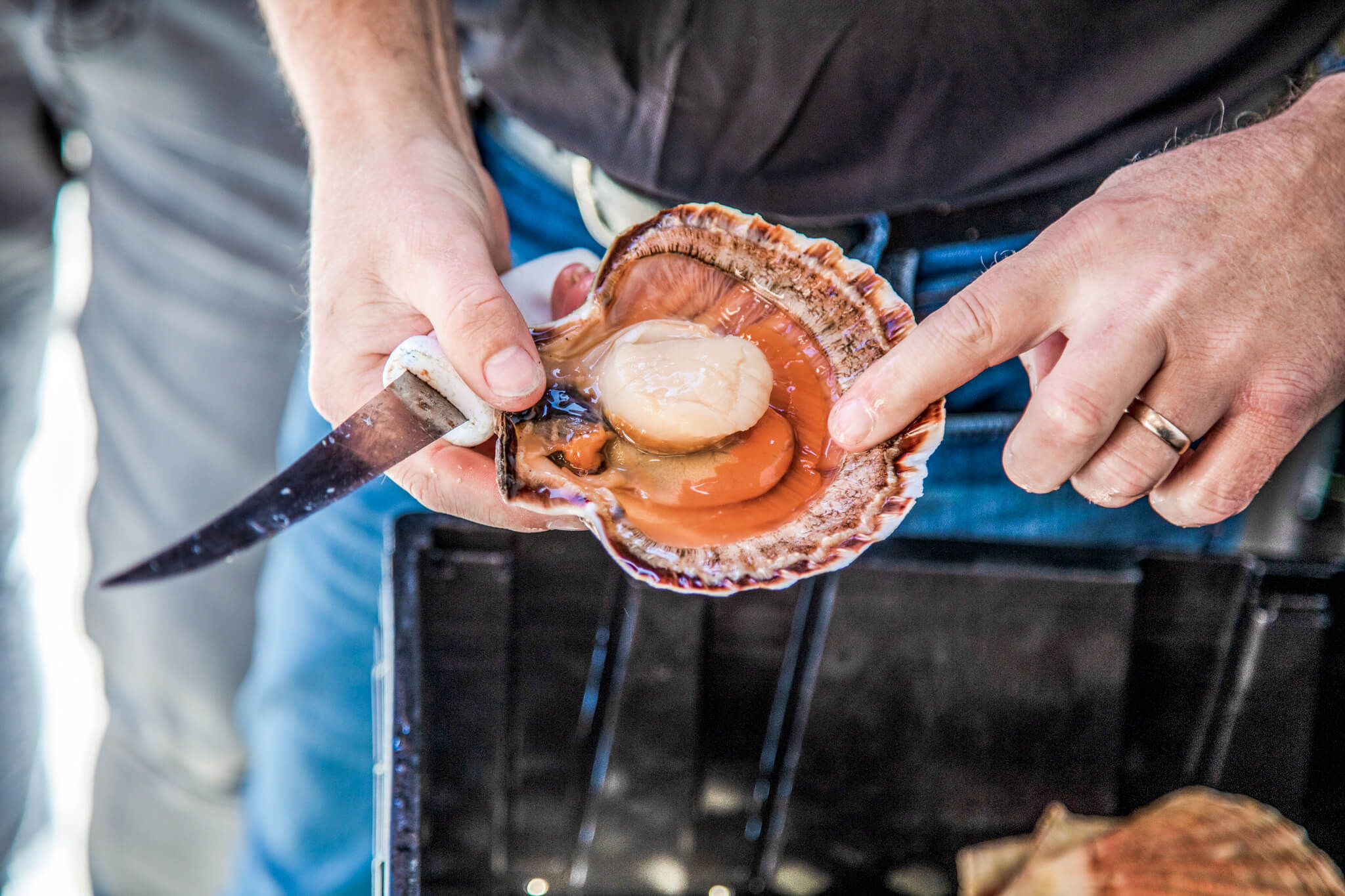
Image: Julia Losbichler


